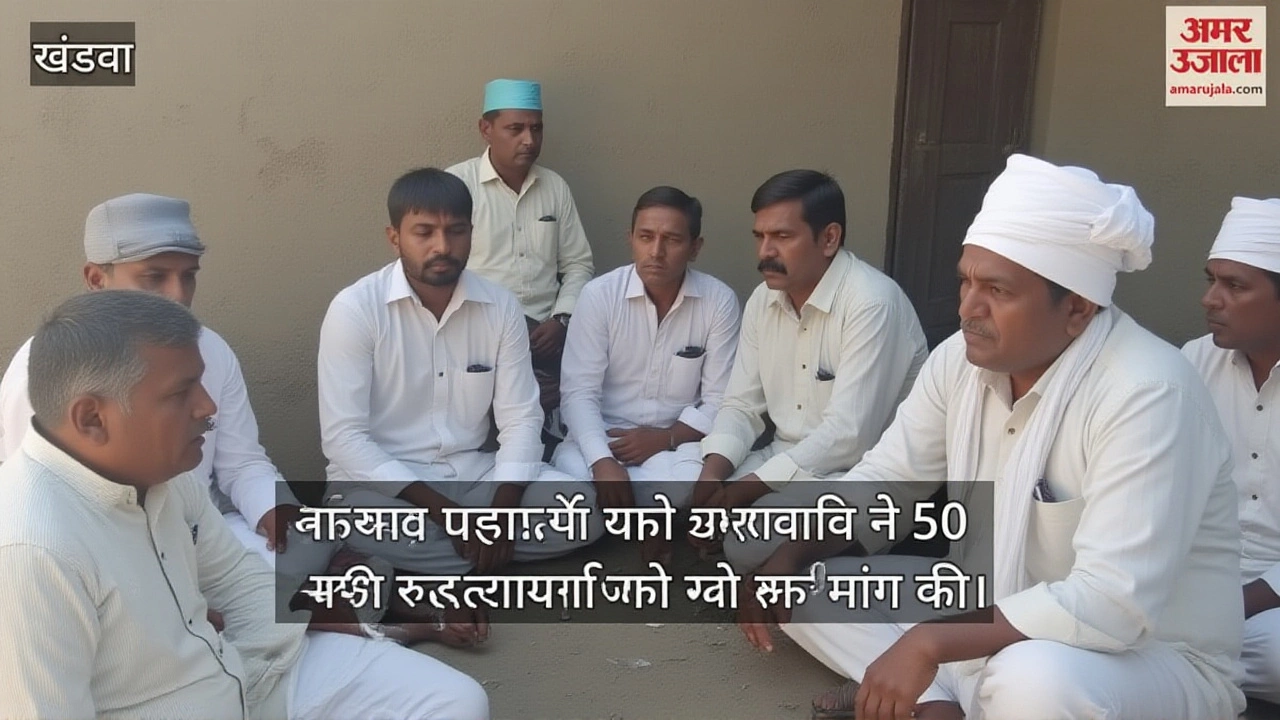
Eight Khandwa Villagers Die After Toxic Gas Suffocation in Festival Well
Eight villagers died in Khandwa after toxic gas from a contaminated well suffocated them during Gangaur festival preparations. Officials pledge compensation and safety reforms.
When an accident or crime leaves you hurt, the financial burden can feel just as heavy as the physical pain. Victim compensation programs exist to ease that load by providing money for medical bills, lost wages, and other losses. It isn’t a charity; it’s a legal right that many countries and states have built into their justice systems.
There are several ways you might receive money after a wrongdoing:
Each of these routes has its own timeline, paperwork, and odds of success. Knowing which one applies to your situation saves time and reduces frustration.
1. Document everything. From hospital bills to photos of the scene, keep a tidy folder. Even small expenses like prescription co‑pays matter.
2. Report the incident. Call the police for crimes, or file an accident report for road incidents. An official record is the backbone of any claim.
3. Check eligibility. Look up the specific victim compensation program in your state or country. Some require you to file within 30 days; others accept claims years later.
4. Fill out the claim form. This can feel like a nightmare, but most agencies provide step‑by‑step guides. Attach copies of all supporting documents and make sure signatures are legible.
5. Follow up. After submission, you’ll get a case number. Use it to track progress and respond quickly if the agency asks for more info.
6. Consider legal help. A lawyer who knows victim compensation can boost your chances of a higher payout. Many work on a contingency basis, meaning you only pay if you win.
Remember, patience is key. Some claims take months, others a year or more. Keep copies of every letter you send and receive; they’re your safety net if anything gets lost.
While the process can be stressful, getting the right compensation can relieve financial pressure and let you focus on recovery. If you’re unsure where to start, look for local victim assistance offices—they often offer free counseling and can point you to the right forms.
Bottom line: victim compensation isn’t automatic, but it’s there for you. Gather proof, act quickly, and don’t hesitate to ask for professional help. The money you receive can cover medical treatment, lost income, and even help you move forward with your life.

Eight villagers died in Khandwa after toxic gas from a contaminated well suffocated them during Gangaur festival preparations. Officials pledge compensation and safety reforms.